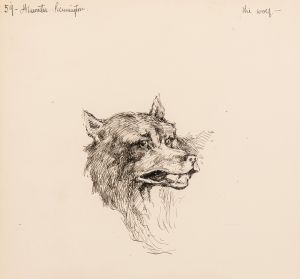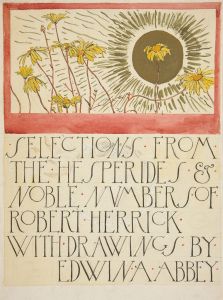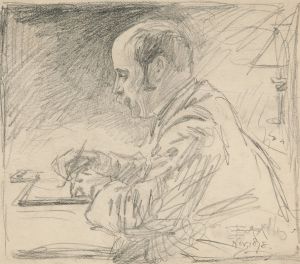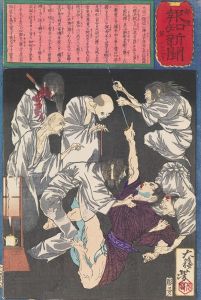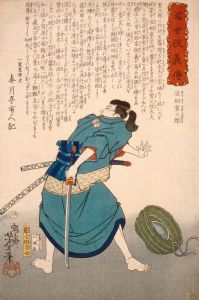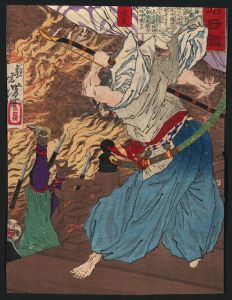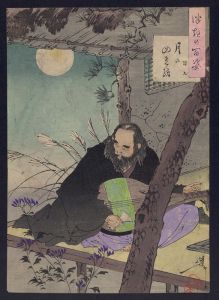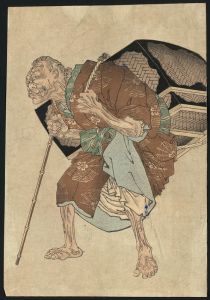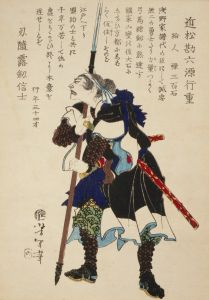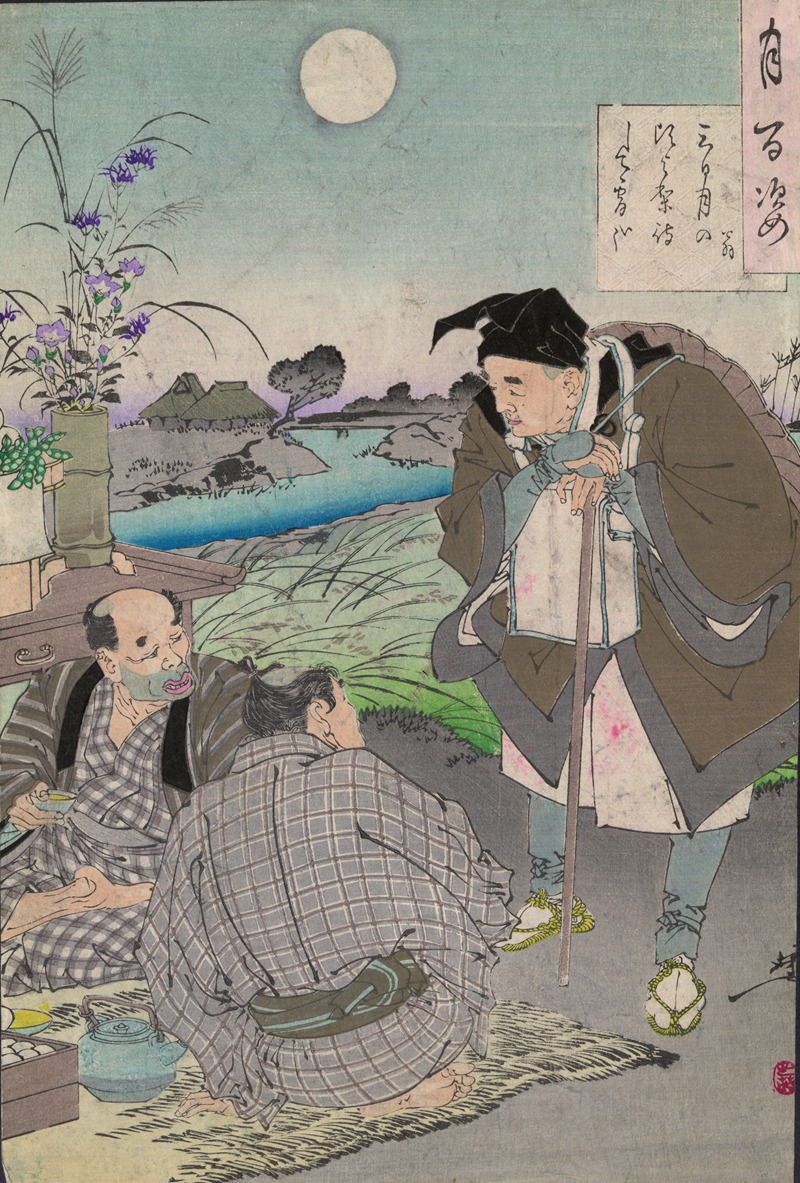
Matsuo Bashō
A hand-painted replica of Tsukioka Yoshitoshi’s masterpiece Matsuo Bashō, meticulously crafted by professional artists to capture the true essence of the original. Each piece is created with museum-quality canvas and rare mineral pigments, carefully painted by experienced artists with delicate brushstrokes and rich, layered colors to perfectly recreate the texture of the original artwork. Unlike machine-printed reproductions, this hand-painted version brings the painting to life, infused with the artist’s emotions and skill in every stroke. Whether for personal collection or home decoration, it instantly elevates the artistic atmosphere of any space.
Tsukioka Yoshitoshi (1839-1892) was a renowned Japanese artist, widely celebrated for his woodblock prints and his significant contributions to the ukiyo-e genre during the late Edo and early Meiji periods. One of his notable works is the depiction of Matsuo Bashō, the famous haiku poet, which is part of Yoshitoshi's series "100 Aspects of the Moon" (Tsuki hyakushi).
Matsuo Bashō (1644-1694) is one of Japan's most famous poets, known for his mastery of the haiku form. His poetry often reflects themes of nature, travel, and the transient beauty of life. Bashō's influence on Japanese literature and poetry is profound, and his works remain widely read and appreciated to this day.
Yoshitoshi's series "100 Aspects of the Moon" was created between 1885 and 1892, during a period of significant cultural and social change in Japan. The series consists of 100 woodblock prints, each depicting a scene related to the moon, drawing from various sources including Japanese folklore, history, literature, and theater. The series is considered one of Yoshitoshi's masterpieces, showcasing his exceptional skill in composition, use of color, and ability to convey emotion and narrative through his art.
The print featuring Matsuo Bashō is one of the highlights of this series. In this work, Yoshitoshi portrays Bashō in a contemplative pose, often depicted in a natural setting that reflects the poet's deep connection to nature. The moon, a recurring motif in the series, is present in the background, symbolizing the passage of time and the ephemeral nature of life, themes that resonate deeply with Bashō's poetry.
Yoshitoshi's depiction of Bashō is not only a tribute to the poet's literary legacy but also an exploration of the broader cultural and philosophical themes that were central to both Bashō's work and Yoshitoshi's artistic vision. The print captures the serene and introspective spirit of Bashō, emphasizing his role as a wanderer and observer of the natural world.
Yoshitoshi's "100 Aspects of the Moon" series, including the print of Matsuo Bashō, is highly regarded for its artistic excellence and historical significance. It represents a bridge between traditional Japanese art forms and the emerging modern sensibilities of the Meiji era. The series remains a valuable cultural artifact, offering insights into the artistic and literary heritage of Japan.
In summary, Tsukioka Yoshitoshi's depiction of Matsuo Bashō in the "100 Aspects of the Moon" series is a masterful representation of one of Japan's greatest poets. Through this work, Yoshitoshi honors Bashō's enduring legacy and contributes to the rich tapestry of Japanese art and literature.





